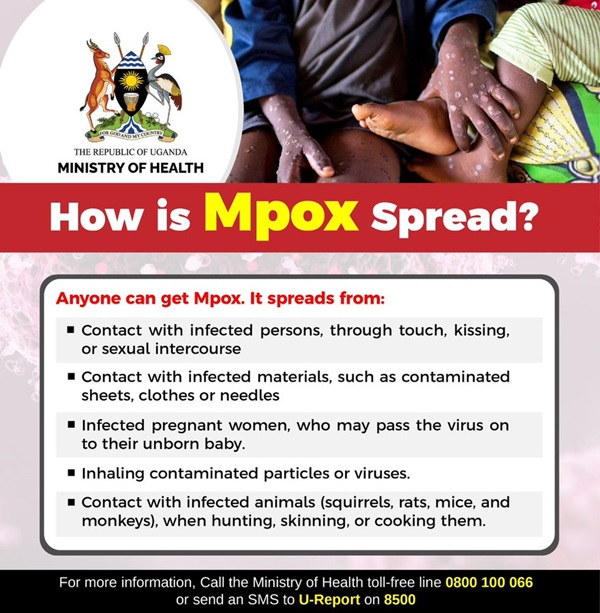
Kampala, Uganda | THE INDEPENDENT | Only seventeen of the fifty-seven donor organizations that the government had anticipated would support efforts to halt transmission of the Monkey Pox virus had either pledged or confirmed support by Monday.
Christabel Abewe, a Technical Officer in charge of Health Financing at the World Health Organization revealed that only nine had offered actual money, sending chills down the spine of healthcare managers worrying about the growing epidemic with positive Mpox cases recently being found in Wakiso and Nakasongola schools.
A total of 4.1 million dollars has so far been mobilized by the global health body that is coordinating the response and of that, two million dollars is from the United States Agency for International Development (USAID).
Abewe says most of the funding received so far has been tagged on funding activities in the area of risk communication and surveillance leaving other vital aspects such as testing and laboratory without enough money.
While Uganda has received global clout for speedily and effectively handling highly transmissible diseases such as Ebola, Marburg and COVID-19, the biggest chunk of the health budget is footed by donors.
The Health Minister Jane Ruth Aceng is appealing for more funding saying that Uganda is at a high risk and needs cross-border collaborations revealing that while the country is transparent in reporting all Mpox cases, some neighboring countries are hiding cases which affects the kind of decisions they make.
Latest figures from the Ministry of Health (MOH) show Uganda has so far confirmed 104 cases in 15 districts across the country with Kampala and Nakasongola having the highest number of cases.
According to Dr Henry Kyobe, the Mpox Incident Commander, transmission is extending beyond the fishing community of Nakasongola which is the epicentre of the Lango subregion. Because of the growing epidemic, he says they are refocusing the response to avoid disruptions in the health system noting that they currently have a very poor understanding of the disease. He pointed out for instance that they don’t yet if there is asymptomatic transmission.
While typical signs of Mpox include a fever, joint pains, lesions on the body and swelling of the lymph nodes among others, Kyobe says some of the sufferers are reporting photosensitivity in the acute stage of the disease. He says this needs to be investigated to rule out visual problems later on after recovery.
****
URN
 The Independent Uganda: You get the Truth we Pay the Price
The Independent Uganda: You get the Truth we Pay the Price



